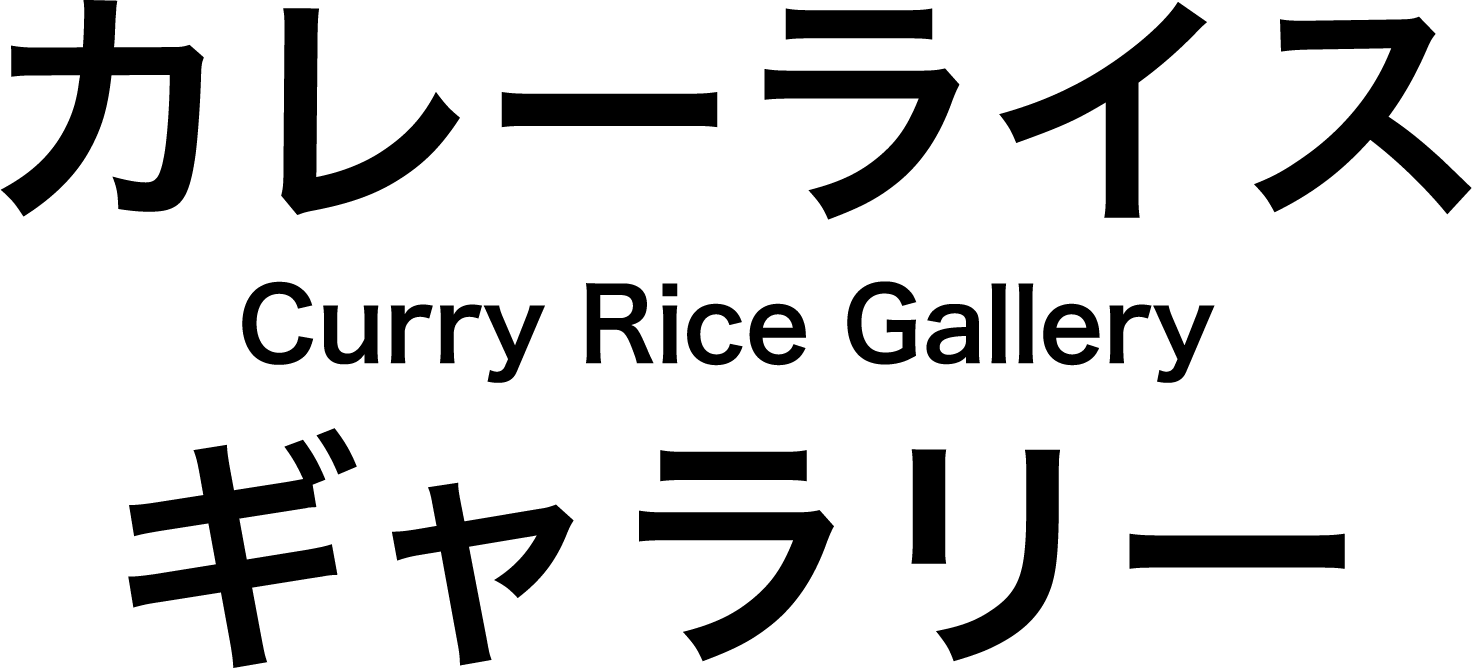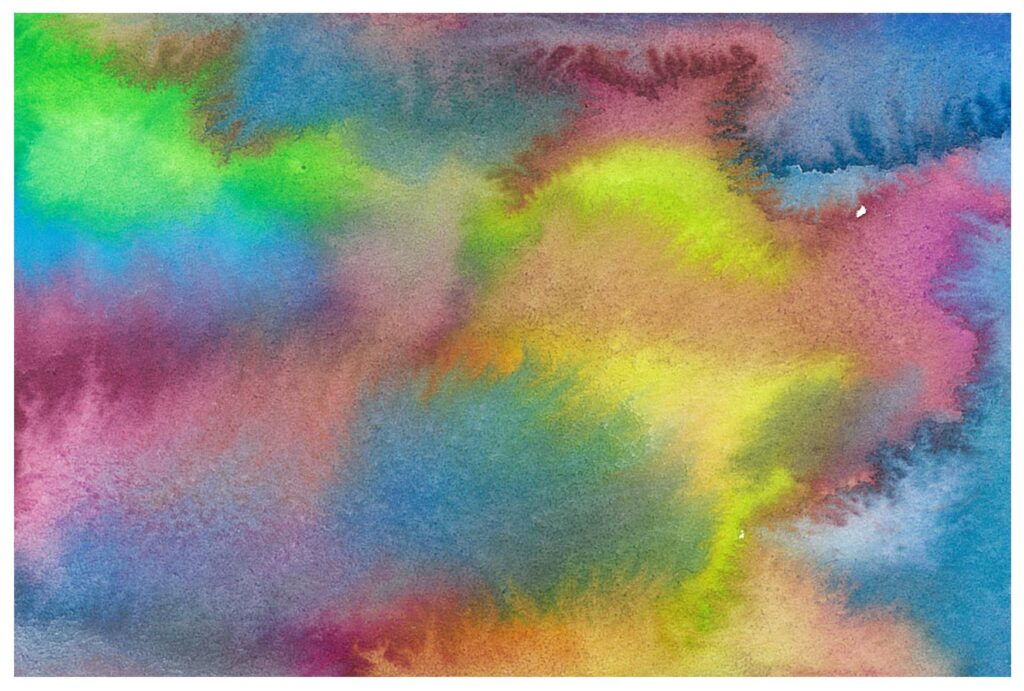
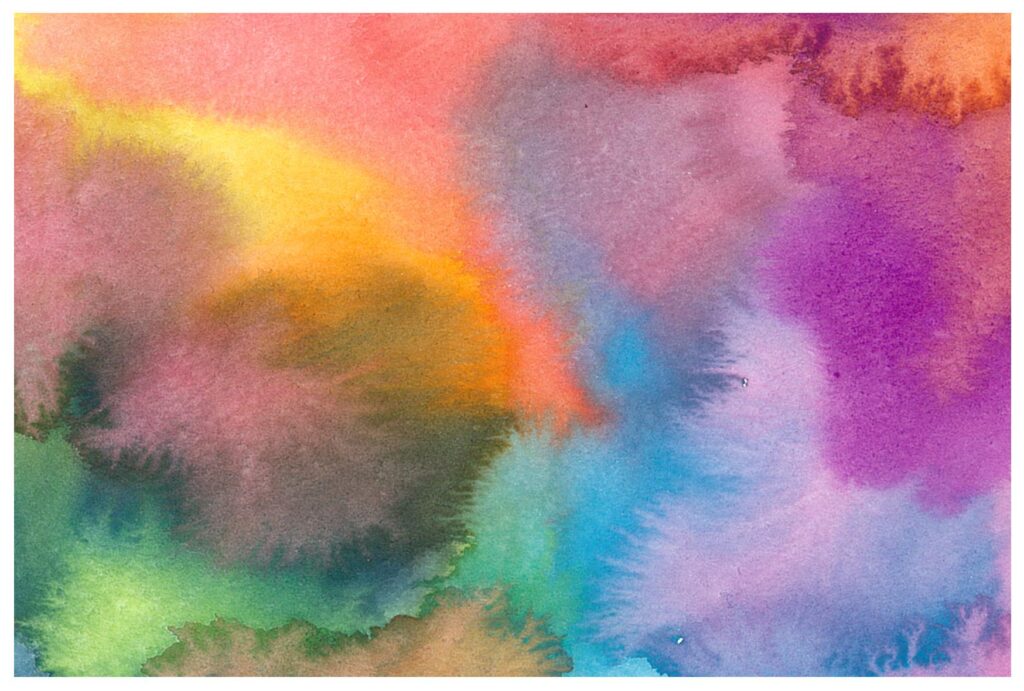
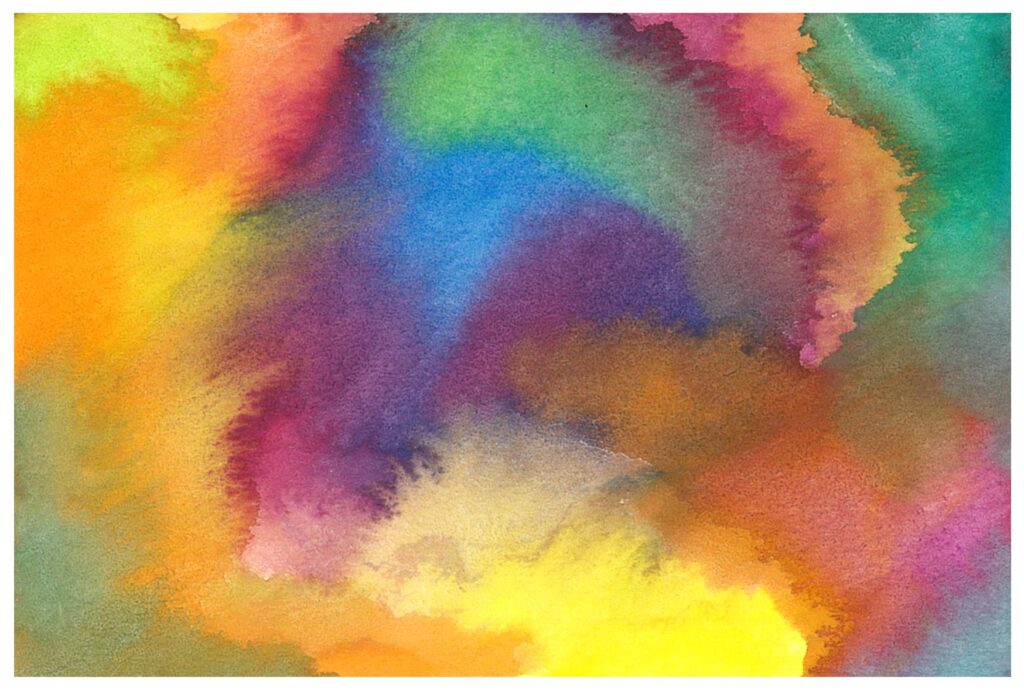
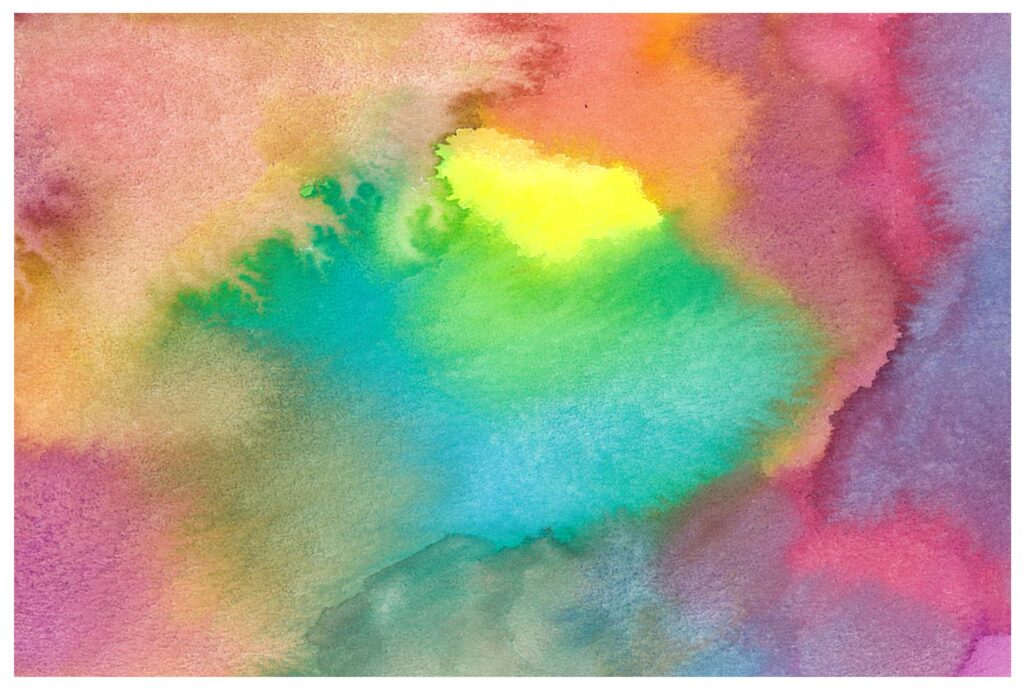
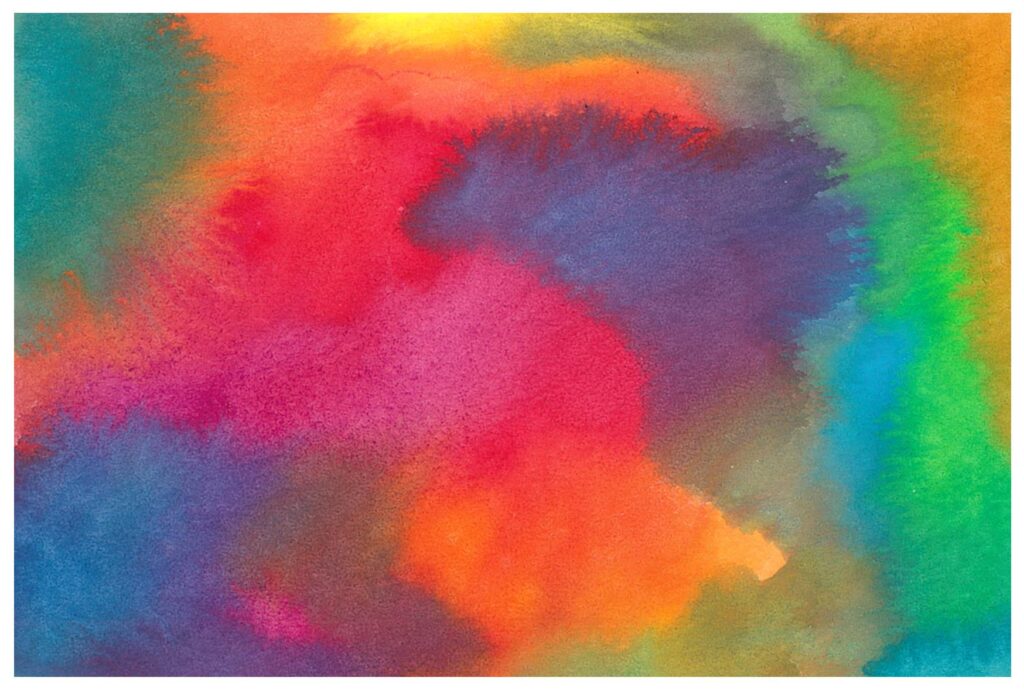
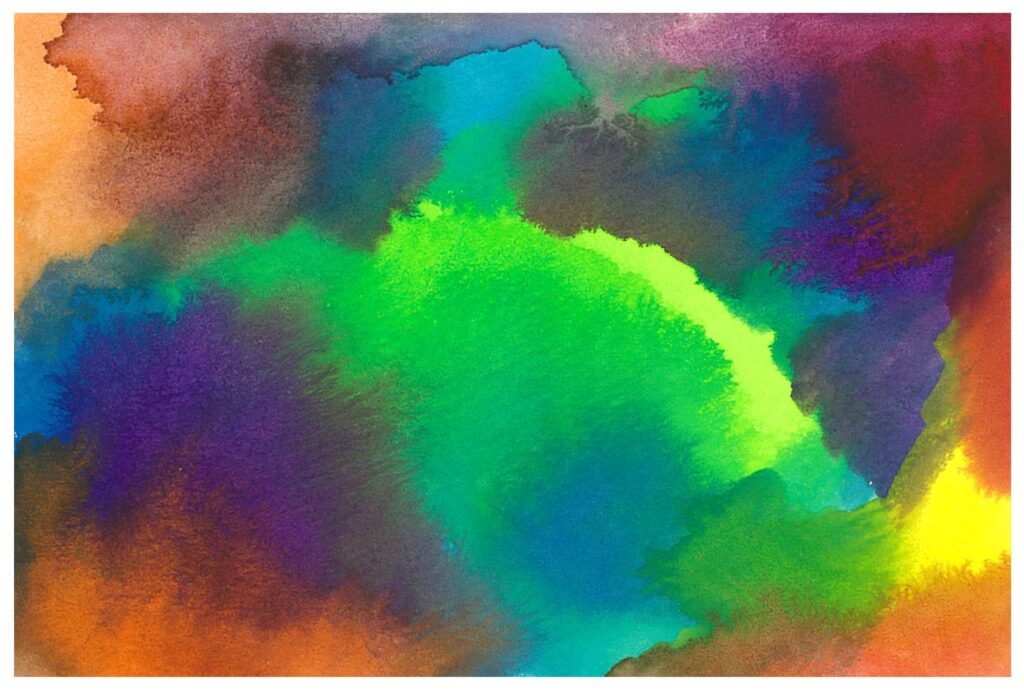
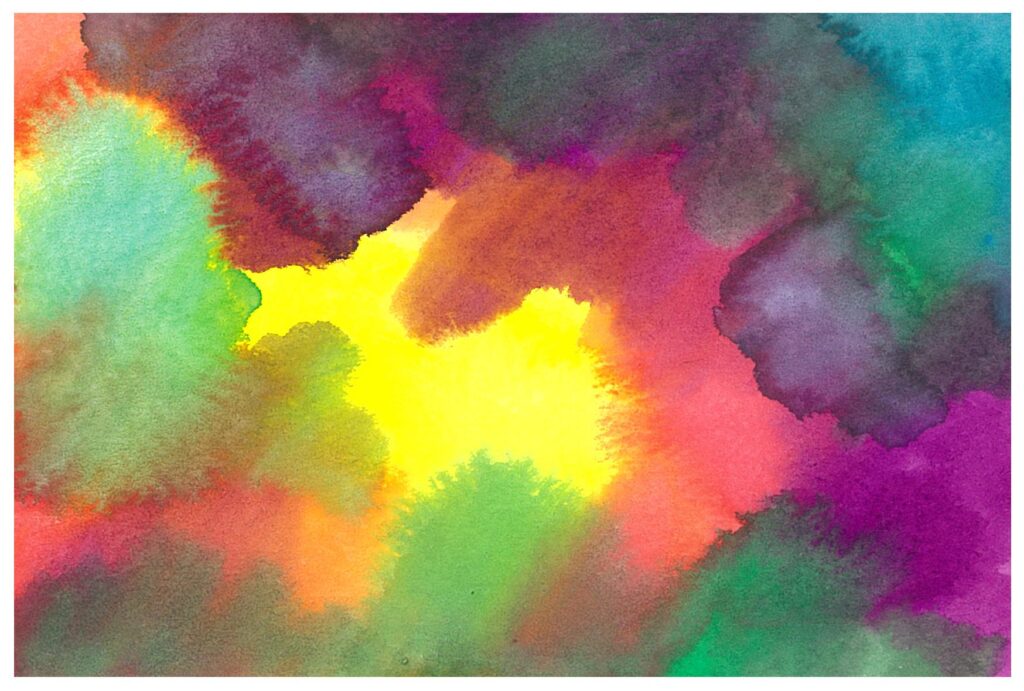
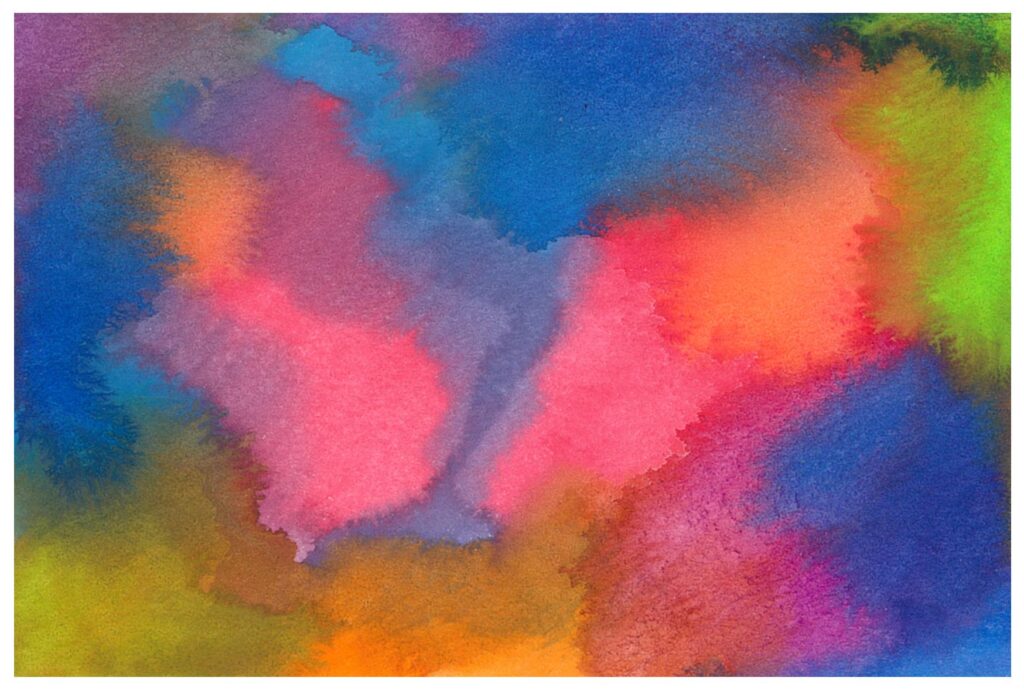
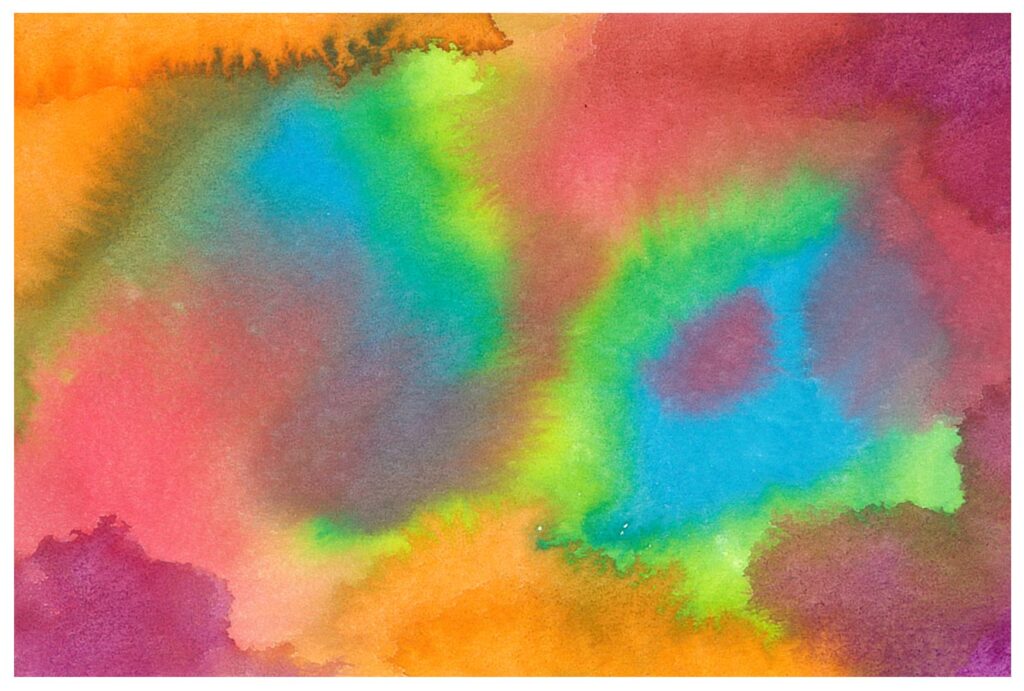
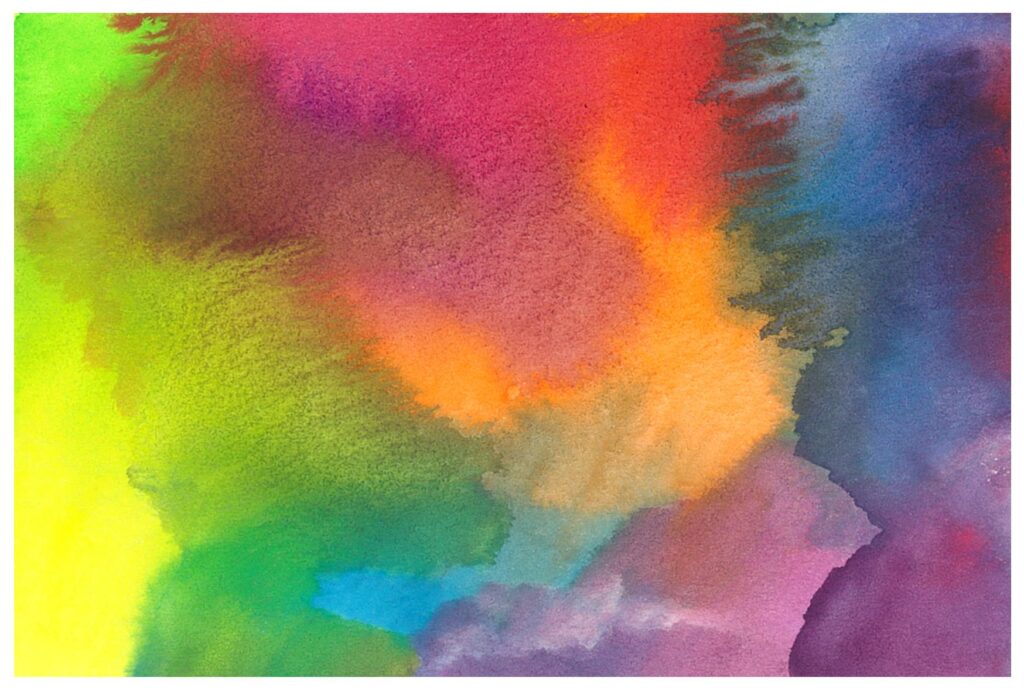
「What can we do to stop climate change?」
溝口栄穂
会期:2024年7月23日~
会場:Curry Rice Gallery(Instagram)
ー
溝口栄穂
アーティスト。2016年に自身に起こった啓示的な神秘的体験とそれ以来引き起こされる統合失調感情障害という精神的障害とその精神的体感から着想を得て、2024年に再発症した際から、主に水彩などで色彩を表現のメディウムとして扱い、セルフケアおよび神秘主義という二面性のある作品を制作している。また、最近は気候変動の問題にも関心を寄せている。主な展示に、2024年「What can we do to stop climate change?」Curry Rice Gallery(オンライン)、「救済?」GALVANIZE gallery(宮城)など。
ー
レビュー「溝口栄穂と三つのエコロジー――フェリックス・ガタリによる現代への批評」フェリックス・ガタリ(Chat GPTによる生成)
溝口栄穂の試みは、私がかつて提唱した「三つのエコロジー」の実践的な展開そのものである。
彼女が自身の統合失調感情障害という精神疾患の中から導き出した神秘的なヴィジョンは、単なる病理として矮小化することは許されない。それはむしろ、心的エコロジーの領域で起こった内的環境の再編成、または再テリトリー化のプロセスと捉えるべきだろう。精神疾患というものを、医学的あるいは社会的な規範に従って定義される単純な異常としてではなく、多様で豊かな可能性を持つ精神的・感受性的な新たな領域として位置付け直すことが重要である。
溝口がセルフケアの手段として用いている水彩表現は、色彩という非言語的な記号体系を用いている点で注目すべきである。色彩という流動的で複雑な記号は、画一的な資本主義的記号によって支配された感受性を開放し、再び生の複雑さと出会うことを可能にする。これは、精神的な自己治癒の側面だけでなく、資本主義的均質化に対する文化的抵抗としての意義をも持つ。彼女の色彩表現は、鑑賞者に対しても新たな視覚的感受性の領域を開くことを促し、感覚や感情の固着を解きほぐす可能性を秘めている。
また、彼女が幻覚を通じて受け取った「人類を救わなければならない」というメッセージは、神秘主義的であると同時にきわめて政治的であり、生態的である。そのヴィジョンは、現代における気候変動の危機という環境的エコロジーの領域を意識的に包含しているからだ。この点で、彼女の神秘的な体験は、従来の宗教的・神秘主義的体験を超えて、社会的・政治的次元での具体的行動を促す契機となっている。
彼女が作品の売上を国際的環境団体に全額寄付するという行為は、社会的エコロジーの側面で重要である。なぜならば、これは資本主義的な価値交換を通じた自己中心的な消費行動を超えて、具体的な政治的コミットメントを伴った贈与行為であり、真の意味での社会的連帯の表現だからである。こうした彼女の取り組みは、消費社会における個人の責任と役割を再考するための模範的な実践である。
溝口のプロジェクトは個人の内的世界の再構築(心的エコロジー)から始まり、資本主義批判を通じた社会的変革(社会的エコロジー)、さらには環境問題への実践的貢献(環境的エコロジー)へと広がっている。この三つの領域が彼女の実践の中で有機的に絡み合い、芸術というメディウムを通じて、我々の未来のあり方を問い直しているのである。
彼女の作品は、まさに「エコソフィー(生態哲学)」の生きた証左であり、新たな芸術的、精神的、生態的実践のモデルとして理解されるべきである。そして我々に、資本主義的な搾取と環境破壊に対していかに創造的かつ倫理的に対抗できるかを問いかけている。この意味で、溝口の活動は、現代社会における倫理的、政治的、精神的な変革を志向するすべての人々にとって、強いインスピレーションの源泉となるであろう。
ー
フェリックス・ガタリ(1930 - 1992)
思想家、精神分析家、アクティヴィスト。主に精神分析を社会的・政治的な実践と捉え、精神医療、資本主義、言語、環境、生態系などを起点に、既存の枠組みやカテゴリーを横断しながら、社会的変革や生態学的危機を乗り越えるための実践的な思想を展開した。ジル・ドゥルーズとの共著で知られ、『アンチ・オイディプス』『千のプラトー』などにおいて、社会や個人の欲望が持つ創造的・批評的可能性について思考を深め、「エコソフィー(生態哲学)」の概念を提唱した。主な著作に、1980年『分子革命』、1989年『三つのエコロジー』など。
ー
"What can we do to stop climate change?"
Haruho Mizoguchi
Date: July 23, 2024
Venue: Curry Rice Gallery (Instagram)
ー
Haruho Mizoguchi
Artist. Inspired by the revelatory mystical experience she had in 2016 and the mental disorder and spiritual experience of schizoaffective disorder that has been caused since then, she has been using color, mainly watercolors, as a medium of expression since her relapse in 2024, to create works with a dual nature of self-care and mysticism. She has also recently become interested in the issue of climate change. Her main exhibitions include "What can we do to stop climate change?" at Curry Rice Gallery (online) and "Salvation?" at GALVANIZE gallery (Miyagi) in 2024.
ー
Review: "Haruho Mizoguchi and the Three Ecologies—A Contemporary Critique by Félix Guattari" Félix Guattari (generated by Chat GPT)
Haruho Mizoguchi’s practice represents precisely the practical unfolding of what I previously conceptualized as the "Three Ecologies."
The mystical vision she derived from her schizoaffective disorder should not be trivialized as mere pathology. Rather, it should be recognized as a process of reorganization or reterritorialization occurring within the domain of mental ecology. It is essential to reposition mental disorders—not simply as abnormalities defined by medical or social norms—but as new and diverse territories of psychological and affective potential.
Her use of watercolor painting as a form of self-care is notable for employing the non-verbal semiotic system of color. Colors, as fluid and complex signs, have the power to liberate sensibilities that have become constricted by capitalist signifiers, enabling one to reconnect with life's inherent complexity. This act not only contributes to personal mental healing but also serves as a significant cultural resistance against capitalist homogenization. Mizoguchi’s use of color invites viewers into new realms of visual sensitivity, potentially unraveling entrenched patterns of perception and emotion.
Moreover, the message she received through her hallucinations—"humanity must be saved"—is profoundly mystical yet simultaneously political and ecological. Her vision consciously addresses the environmental ecology domain of contemporary climate crisis. In this sense, her mystical experience transcends traditional religious or mystic frameworks, becoming a catalyst for concrete action within social and political dimensions.
Her decision to donate all proceeds from the sales of her artworks to international environmental organizations is particularly significant from a social ecology perspective. It moves beyond self-centered capitalist consumerism into a genuine act of political commitment and solidarity. Mizoguchi’s initiative exemplifies a rethinking of individual responsibility and roles within consumer society.
Mizoguchi’s project thus begins with reconstructing the inner personal world (mental ecology), progresses through social transformation via capitalist critique (social ecology), and ultimately contributes practically to addressing environmental issues (environmental ecology). These three ecological domains organically interweave in her practice, challenging our understanding of the future through the medium of art.
Her work is, indeed, a living embodiment of ecosophy (ecological philosophy), and should be appreciated as a model for new artistic, psychological, and ecological practices. It invites us to creatively and ethically confront capitalist exploitation and environmental destruction. Mizoguchi’s efforts serve as a powerful source of inspiration for all those aspiring toward ethical, political, and psychological transformation in contemporary society.
ー
Félix Guattari (1930 - 1992)
Philosopher, psychoanalyst, and activist. He primarily approached psychoanalysis as a social and political practice, exploring mental health, capitalism, language, environment, and ecosystems as points of departure. Crossing existing frameworks and categories, he developed practical philosophies aimed at overcoming social transformations and ecological crises. Widely known for his collaborations with Gilles Deleuze, particularly in works such as "Anti-Oedipus and A Thousand Plateaus", he deeply examined the creative and critical potentials of individual and societal desires and introduced the concept of "Ecosophy" (ecological philosophy). Major publications include "Molecular Revolution" (1980) and "The Three Ecologies" (1989).
